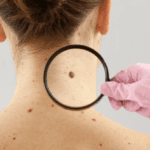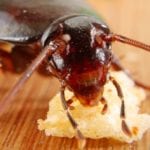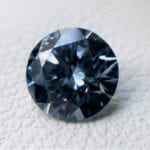 Crime
Crime  Crime
Crime  Technology
Technology 10 Hilariously Over-Engineered Solutions to Simple Problems
 Miscellaneous
Miscellaneous 10 Ironic News Stories Straight out of an Alanis Morissette Song
 Politics
Politics 10 Lesser-Known Far-Right Groups of the 21st Century
 History
History Ten Revealing Facts about Daily Domestic Life in the Old West
 Weird Stuff
Weird Stuff 10 Everyday Products Surprisingly Made by Inmates
 Movies and TV
Movies and TV 10 Actors Dragged out of Retirement for One Key Role
 Creepy
Creepy 10 Lesser-Known Shapeshifter Legends from Around the World
 Animals
Animals 10 Amazing Animal Tales from the Ancient World
 Gaming
Gaming 10 Game Characters Everyone Hated Playing
 Crime
Crime 10 Terrifying Serial Killers from Centuries Ago
 Technology
Technology 10 Hilariously Over-Engineered Solutions to Simple Problems
 Miscellaneous
Miscellaneous 10 Ironic News Stories Straight out of an Alanis Morissette Song
Who's Behind Listverse?

Jamie Frater
Head Editor
Jamie founded Listverse due to an insatiable desire to share fascinating, obscure, and bizarre facts. He has been a guest speaker on numerous national radio and television stations and is a five time published author.
More About Us Politics
Politics 10 Lesser-Known Far-Right Groups of the 21st Century
 History
History Ten Revealing Facts about Daily Domestic Life in the Old West
 Weird Stuff
Weird Stuff 10 Everyday Products Surprisingly Made by Inmates
 Movies and TV
Movies and TV 10 Actors Dragged out of Retirement for One Key Role
 Creepy
Creepy 10 Lesser-Known Shapeshifter Legends from Around the World
 Animals
Animals 10 Amazing Animal Tales from the Ancient World
 Gaming
Gaming 10 Game Characters Everyone Hated Playing
Top 10 Gross Things About The Human Body
We’re all only human. We laugh, we love and, per popular pre-school literature, everyone poops. Our bodies are incredible works of nature, so complex and complementary that the gift of life is indeed miraculous.
On the other hand, we’re a bunch of shaved primates. Any male on the wrong side of 40, like myself, loses hair where there should be and gains hair where there shouldn’t be. Skin sags, spines curl, teeth rot… all reminders of the grand irony of the body human: its simultaneous glory and grossness.
We’re all human and, therefore, all disgusting. Here are ten examples.
10 Disgusting Beauty Treatments
10 A Disgusting Debut

We come into this world a bloody, choking, slimy mess. Giving birth is so disturbingly disgusting that it’s incredible anyone ever has more than one kid.
It starts with a gush – the so-called water breaking that is a far cry from just water. No time to get the stain remover because it’s time for blood-curdling, often vomit-inducing contraction screams en route to the hospital.
After several excruciating hours, it’s time to push. But before we push out a baby, we push… piss. Sometimes plenty of it, and at water pistol-level velocity. Don’t be embarrassed, it happens to everyo… oh, you just shit all over the birth bed. No worries – and let the doctor slice the space between your vagina and rectum so that junior is saved the trouble of literally tearing you a new one.
And then… Congratulations! It’s a… blood and slime-covered alien with something resembling cottage cheese clinging to its body. That’s called vernix, a greasy foam-like substance that protects a fetus’ skin in the womb.
Time to cut the blood- and pus-filled cord! And hopefully the placenta came out by now; if not, no problem – a nurse will lovingly cram her whole hand in your traumatized vagina and peel it off your cervix. Meanwhile, the doctor will clear the newborn’s airways before it drowns in its mother’s birth discharge.
It’s the miracle of life, and it’s not pretty.[1]
9 Wait – There’s Something on Your Face
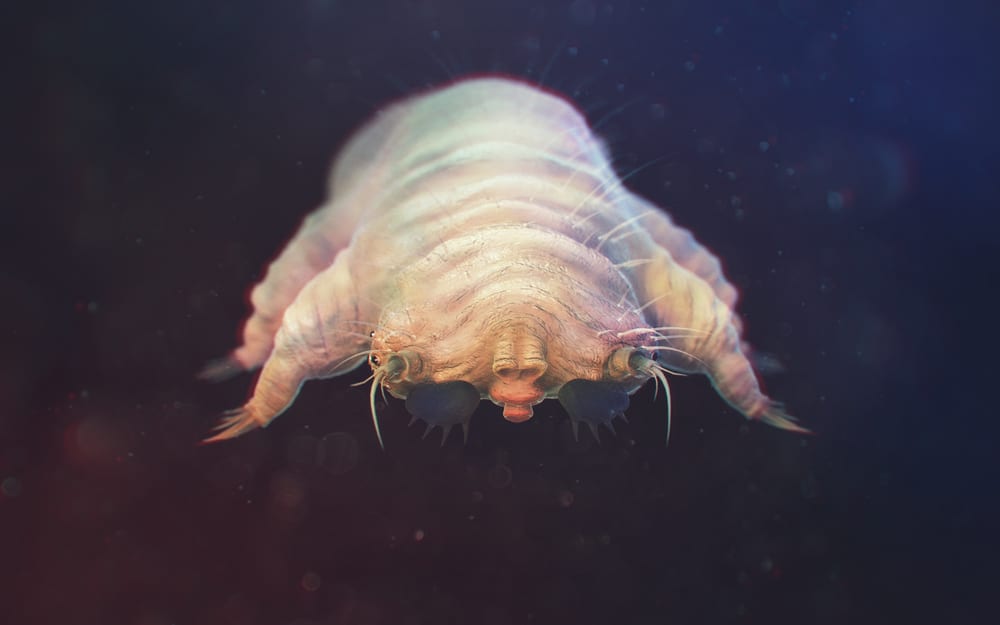
Oh never mind. It’s just thousands of microscopic bugs.
Compared with other body parts, the human face has larger pores and more numerous sebaceous (oil) glands. The extra nooks and crannies are pleasure pockets for microscopic mites, who live their entire lives – eating, mating, defecating and dying – on our faces without us ever noticing.
Two species of face mites make our heads their homes: Demodex folliculorum (pictured) and Demodex brevis. Also known as eyelash mites, the D. folliculorum variety tend to reside in pores and hair follicles, and are a frequent cause of men’s beard dandruff – yet another reason why beards are ridiculous things in general. They generally aren’t harmful, though they’ve been known to exacerbate existing skin conditions such as rosacea.
D. brevis prefer the deeper, semi-subcutaneous sebaceous glands. Like their gross cousins, they are also typically harmless, though a larger-than-average infestation can cause redness and rough patches. They also aren’t limited to the face, with the chest and neck among their other favorite spots.
Face mites are mostly transparent and, even if they weren’t, would be too small to see with the naked eye: at about 0.3 millimeters long, it would take five adults to stretch across the head of a pin. While both are officially arthropods, a group that includes jointed-legged animals such as insects and crabs, California Academy of Sciences entomologist Michelle Trautweinn notes that “they look kind of like stubby little worms.” How comforting.[2]
8 To Dust We Shall Return
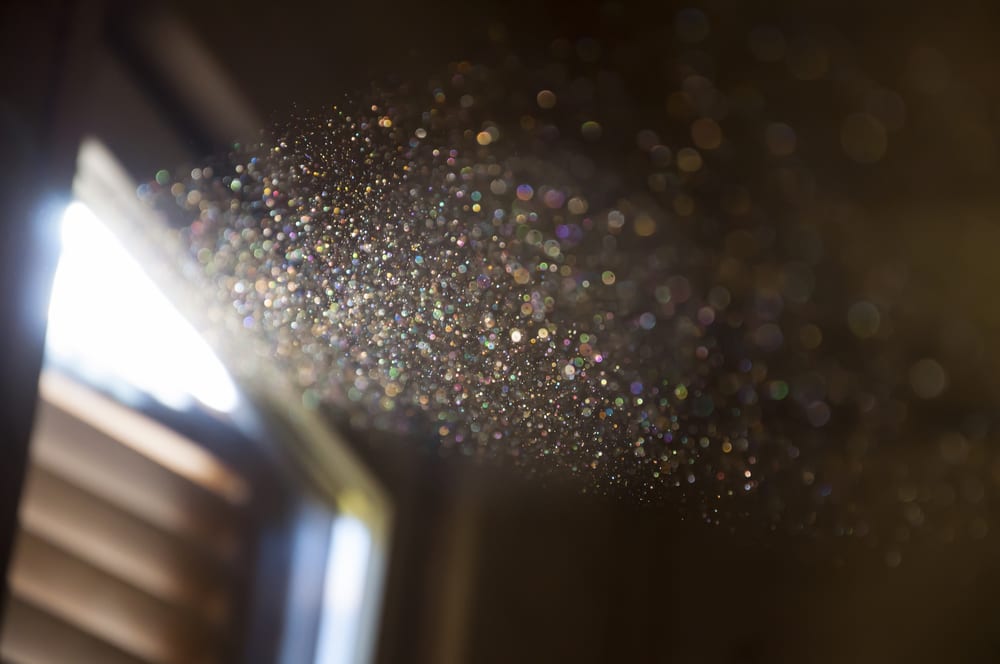
Humans spread their slow-decaying grossness pretty much everywhere. As evidenced by hardwood floors, bookshelves and lampshades, we are walking, shedding sacks of detritus. Far more than just dirt, house dust is a stomach-turning mélange of clothing fibers, dust mites, bits of dead bugs, soil particles, pollen and…well, us. Sloughed-off skin cells and hair complete the revolting recipe.
Every minute, the average human sheds about 30,000 dead skin cells. If that sounds like a lot, it’s because the canvas-turned-carcass is extensive: as our largest organ, skin accounts for about 15% of body weight. The average adult has 21 square feet of skin, which weighs nine lbs and comprises upwards of 300 million skin cells. A single square inch has about 19 million cells, so 30,000 is a drop in the biological bucket.
Still, that’s a lot of dander on the davenport, so much so that dead skin typically comprises the lion’s share of the dust in our domiciles – sometimes more than half. More disgusting still, the approximately 1,000 types of bacteria known to call our epidermises home flakes off along with our skin, circulating around the house along with it.
On a far larger but equally icky scale, dead skin is responsible for an estimated one billion tons of dust in the earth’s atmosphere.[3]
7 Potty Animal
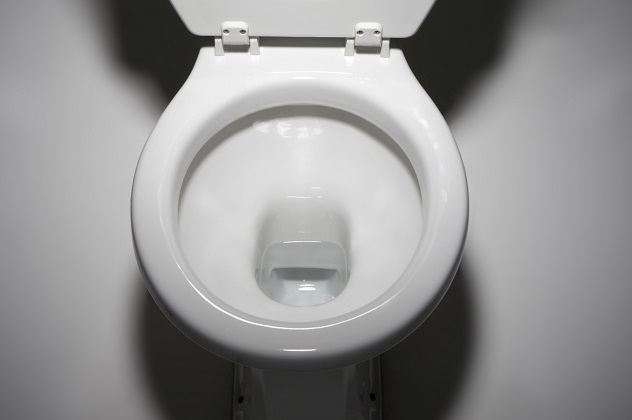
During their lifetimes, most people spend one full year sitting on the toilet. Over the course of a year, adults defecate an average of 320 pounds of feces, and flush out enough urine to fill two bathtubs.
The yellow splashy stuff is considerably less gross than the brown (or black, or off-green) ploppy stuff. While not exactly sterile as the late, great Rip Torn believed, urine’s ability to form ammonia when aged gives it a net clean effect; in fact, ancient Romans used it to launder clothes and whiten their teeth. Astronauts on the International Space Station have a urine filtration system, which recycles pee into drinking water that likely tastes similar to Bud Light.
In stark, smelly contrast, human feces is some foul-ass business. After its innocuous main ingredient – water – our poop is comprised of dead bacteria that helped us digest our food (some reward they got), protein, undigested food residue, cellular linings, fats, salts, and substances like mucus expelled from the intestines and the liver.
It’s also… ALIVE! Our feces contain living bacteria that play an integral role in the human body’s microbiome, including our gastrointestinal tracts. The precise characteristics of the bacteria in our poop are largely dictated by diet, and are also key factors in that oh-so-attractive aroma.[4]
6 Ladies Worst: Women’s Flatus Stink More Than Men’s

This one’s for the ladies… or rather, from them. My sincerely held belief that girl farts are fouler than guy farts has been unequivocally proven by (who we can only assume are) the very finest of scientists. This is no longer confirmation bias; it’s confirmation by ass.
It’s official: women’s flatulence smells worse than those tooted by their male counterfar… uh, counterparts. Per RealClearScience.com: “In studies conducted by eminent flatulence researcher Michael Levitt, women’s farts consistently sported significantly greater concentrations of hydrogen sulfide. Odor judges have confirmed that – at similar volumes – this translates to a noticeably worse odor compared to men’s farts.” Already, the PC Police on Twitter are lauding the dismantling of the misogynistic microaggression “he who smelt it dealt it.” It’s SHE who smelt it, you sexist bastards.
Regardless the gender of the rear-end offender, our farts have three typical odor-causers. Hydrogen sulfide produces farts’ torturous, trademark rotten eggs scent, while methanethiol produces notes of decomposing vegetables. Dimethyl sulfide completes the poop-pourri by adding a subtle sweetness.
The speed of a fart leaving the anus is about 10 feet per second – roughly 9.5 km/hr. The average human farts 14 times per day, with a combined volume capable of inflating a medium-sized balloon. This volume can be measured with a pleasant contraption called a rectal catheter. I kid you not.[5]
10 Truly Disgusting Facts About Ancient Roman Life
5 Waxing Unpoetic
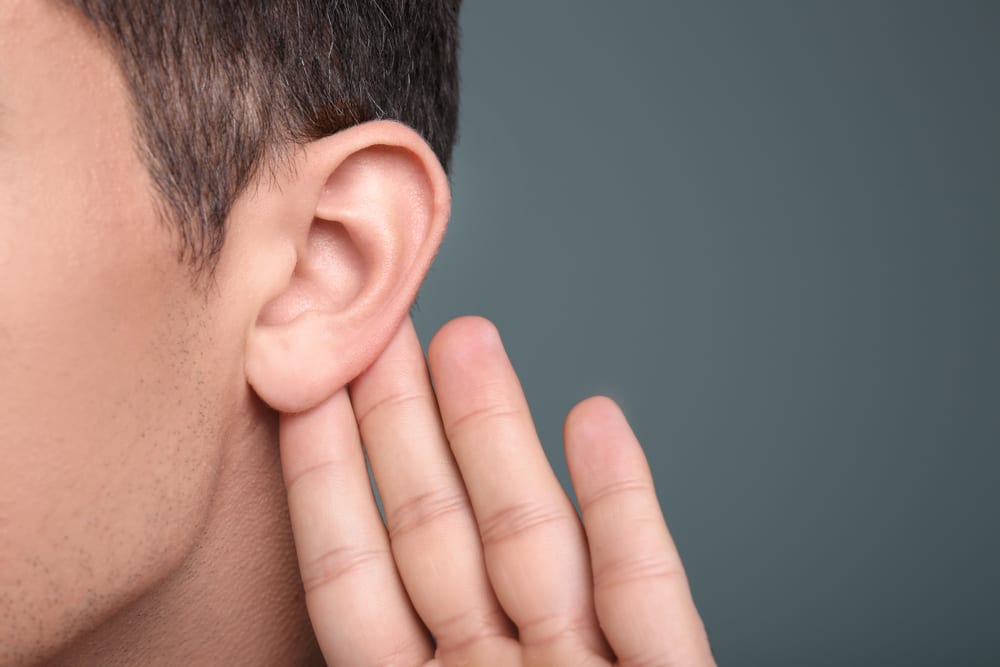
Ear wax is something whose already-disgusting name belies the fact that it’s even more disgusting than its name suggests. Officially known as cerumen, the body produces the sticky stuff to preserve and protect the auditory canal in a variety of ways, including keeping the skin moist and acidic, trapping dead skin, killing microbes, and blocking dust and bugs from entering the eardrum. So it’s basically something gross that keeps even grosser things from happening.
Ear wax is a combination of dead skin cells, various waxes and sebum – the same oily discharge that builds up, for example, on unwashed hair. Cerumen is produced by the eponymous ceruminous glands (also called apocrine glands), a specialized sweat gland that secretes fats and proteins.
There are two kinds of ear wax, wet and dry, and the type you produce is determined genetically. Regardless, its journey out of our ears is among the body’s most incredible tricks: migrating cells. “You could put an ink dot on the eardrum and watch it move over a few weeks, and it would be ‘carried out’ by the movement of the cells.” according to Professor Shakeel Saeed at London’s Royal National Throat, Nose and Ear Hospital.
Like urine, ear wax was put to good use in earlier civilizations. Some used it as an ointment for puncture wounds, while others employed it as a lip balm, prompting the ever-popular pickup line “That’s a lovely shade of cerumen you’re wearing.”[6]
4 Colostrum is Gross… Twice
“Colostr-WHAT?” I asked the nurse, one sleepless night removed from first-time fatherhood. The nurse had said my wife was waiting for her colostrum, which could have meant anything from an aunt I’d never met to a new, fiber-centric brand of cereal.
It was neither. Colostrum is the first breast milk a woman’s mammary glands produce, beginning during pregnancy and continuing through the first few days after birth. A solid strike against the notion that creating a life is beautiful, colostrum is a thick, often gooey substance whose golden-yellow or orange color comes from its high levels of beta-carotene. Unfortunately for everyone except newborn vampires, blood from the mother’s milk ducts can also accrue, lending a red, pink, or rust-colored hue.
Colostrum is a very necessary grossness: often called “liquid gold,” it is packed full of concentrated nutrition a newborn requires. First-time mothers often have difficulty producing colostrum in sufficient amounts or in a timely fashion; in fact, my son eventually required hospital readmittance after nutrient depletion left him jaundiced.
Colostrum is as unappetizing coming out of an infant as it is going in. A natural laxative, it helps newborns transition from the initial meconium stage of stool – which is black, tar-like and relatively odorless – to a thinner, looser greenish-brown or greenish-yellow eruption more befitting an alcoholic truck driver. Your turn to change the baby, dear.[7]
3 Please Don’t Compare a Vital Organ to…
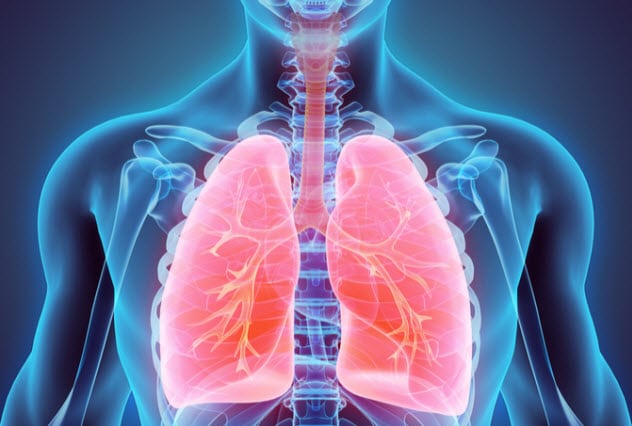
… a bowl of whipped cream. Ugh. I can’t un-write that, and now you can’t un-read it.
Our lungs are gross on an entirely different level than icky bodily secretions: they are mission-critical appliances whose featherweight flimsiness is cringe-worthy. The understanding that two irreplaceable, breath-of-life-giving items have the consistency of a sundae topping ups the ante from “gross out” to “wig out.” It is, quite literally, unsettling to the core.
Dr. Kathryn Dreger, a professor at Georgetown University’s medical school, recently described the breathing process as part of a piece about COVID-19’s affect on the lungs. When we breathe, she writes, air passes through a series of “smaller and smaller pipes finally ending in tiny tubes less than a millimeter across called bronchioles. At the very end of each are clusters of microscopic sacs called alveoli. The lining of each sac is so thin that air floats through them into the red blood cells.”
She then equates an existential organ to, well, non-existence: “These millions of alveoli are so soft, so gentle, that a healthy lung has almost no substance.”
For all its horrors, at least COVID makes for a sturdier (and equally tasty!) treat. Dreger explains that the coronavirus causes a gummy, yellow fluid called exudate to fill the air sacs. When a critical number are inundated, the lung texture changes to something more resembling – and I quote – “a marshmallow.”[8]
2 Foul Mouthed
The disgusting distinction of grossest place on the human body likely belongs to the mouth. Moist, multi-organed and in direct contact with the outside world, our mouths have all the makings of an unpalatable petri dish – basically the cruise ships of the human body.
For starters, at any given moment there are as many as a billion bacteria… on EACH OF OUR TEETH (good oral hygiene practices can reduce that figure to as low as 1,000 – a truly amazing discrepancy). These bacteria have about 700 varieties. Some are beneficial, but when the bad ones band together with saliva and food particles, the result is dental plaque, a sticky goop that accumulates on teeth and under gums. Plaque then solidifies into a deposit called tartar that can cause lasting dental damage.
The rest of the mouth is nearly as bad, with our tongues another chief offender. Again, the issue is the mouth’s unique status as a gaping hole connected to both the outside world and the rest of the body.
Unsurprisingly, bad bacteria that start in the mouth can migrate elsewhere – including our brains. For example, gum disease has been linked to rheumatoid arthritis and pneumonia, and other mouth maladies may increase the likelihood of developing dementia-related diseases such as Alzheimer’s.[9]
1 Going Out With a “Blecch.”
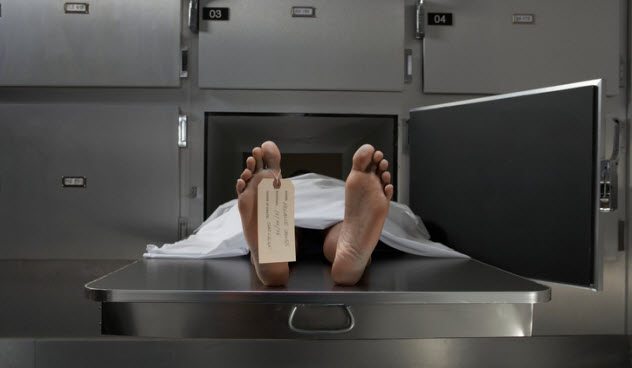
Our bodies save their most disgusting trick for last – dead last. Shortly after we take our last breath – and even before we’ve voided our bowels, a fecal finale truly befitting the occasion – we literally start eating ourselves. Decomposition commences just a few moments after death with a process called autolysis, or self-digestion. Deprived of oxygen by our formerly-beating hearts, our cells undergo a sudden spike in acidity as the toxic by-products of chemical reactions begin to accumulate inside them.
It gets grosser. Enzymes start digesting cell membranes and, as cells break down, gradually leak out. This typically begins in the liver, which is especially enzyme rich, and also the brain, which has particularly high water content. Our other tissues – even our sumptuously whipped-creamy lungs – quickly follow suit, as we become a decaying sack of noxious gas leaks. Damaged blood cells spill out of broken vessels and, aided by gravity, settle in the capillaries and small veins, discoloring the skin.
Our gut bacteria – by far the most prolific part of our microbiome – then enjoy their macabre last meal at our expense. They digest our intestines from the inside out, then dine on adjacent capillaries. The lymph nodes, liver (hold the fava beans) and spleen are next.
Meanwhile, our body temperature drops, acclimating to its surroundings. The protein filaments actin and myosin, which allow our muscles to contract and relax, run out of energy and stiffen up. Rigor mortis sets in, starting in the eyelids, jaw and neck muscles, before working its way into the core and limbs. Soiled, smelly and stiff, we leave this world as we entered it: gross.[10]
Top 10 Bizarre Ways To Make Money From Disgusting Habits
